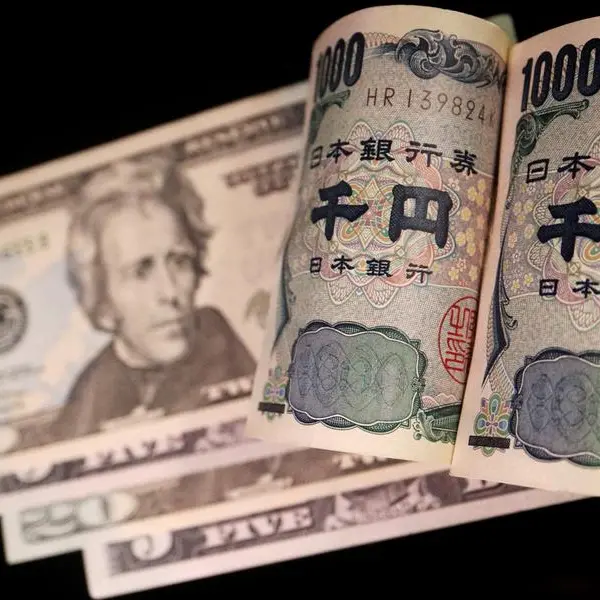PHOTO
Sterling held up against the dollar on Friday but was set to end the week lower after coming under pressure from divided Bank of England policymakers' views and a U.S. Federal Reserve that is now more reluctant to lower interest rates.
The pound was flat against the dollar at $1.2500, after it slipped to a one-month low of $1.2475 earlier in the day.
Sterling was set for a 0.8% weekly fall, its second week of losses against the dollar.
The BoE held its main interest rate unchanged at 4.75% on Thursday but policymakers had become more divided about whether rate cuts were needed to tackle a slowing economy.
In a surprise to markets, three of the BoE's nine-person Monetary Policy Committee had voted for a quarter-point rate cut.
Traders now price in roughly 60 basis points (bps) worth of British rate cuts next year, compared with around 45 bps just before the decision.
The split decision
dented the outlook
for sterling, one of the year's best performing major currencies against the dollar, while bringing a reprieve to Britain's battered government bond markets.
Pepperstone strategist Michael Brown saw further cuts as likely next year, given that service-sector inflation should cool and that there is a risk unemployment rises.
"My expectation is that the BOE will probably deliver 100 basis points at a minimum, and maybe even more," he said.
"I think the path of least resistance for the pound, against both the dollar and the euro, is lower. Certainly against the euro on a pure policy repricing, but against the dollar, you're looking at two very, very different economic outlooks," said Brown.
Britain's economy shrank for a second month in a row in October, while U.S. Fed Chair Jerome Powell told reporters on Wednesday that the "the U.S. economy has just been remarkable, I feel very good about where the economy is."
The dollar surged against almost all currencies on Wednesday after Fed policymakers signalled they now expect to only lower interest rates twice next year, down from a previous estimate of four cuts.
Data on Friday showed British retail sales rose by a weaker-than-expected 0.2% in November.
Sterling was 0.2% lower on the day against the euro at 82.99 pence.
Sterling is trading at around its highest against the euro since early 2022, and striking distance of levels seen in June 2016.
(Reporting by Greta Rosen Fondahn; Editing by Angus MacSwan)























